Dining out is supposed to be a treat—a well-deserved indulgence after a long week, a special moment marked by a polished menu and expertly plated fare. But what if the glitz and glamour of that menu are hiding something far less impressive? In a world where truffle oil is splashed on everything and “Wagyu” gets tossed around like parsley, it’s easier than ever to fall victim to restaurant items that talk a big game but don’t deliver on value, flavor, or authenticity.
We’ve all been there: drawn in by the siren call of a dish that sounds luxurious, only to realize we’ve paid a premium for basic ingredients with a fancy name tag. Whether it’s a $24 iceberg wedge salad or a “gourmet” grilled cheese that’s more hype than haute, the restaurant industry knows how to dress up simplicity—and charge accordingly. In fact, some of the most common offenders are hiding in plain sight, nestled among chef’s specials or buried beneath layers of buzzwords like “artisanal,” “house-made,” or “infused.”
This isn’t about snubbing good food—it’s about making smarter choices. Some of the dishes on this list aren’t inherently bad, but they’re consistently overpriced, underwhelming, and ultimately not worth the splurge. If you’re going to drop serious cash at a restaurant, you deserve bold flavors, thoughtful prep, and ingredients that justify the cost.
So before you order that lobster mac or splurge on a filet mignon, pause. We’re pulling back the velvet curtain on 12 overhyped menu items that chefs and insiders agree just aren’t worth your money. You might be surprised by what makes the list—and how much you could be saving by steering clear.
1. Truffle Fries
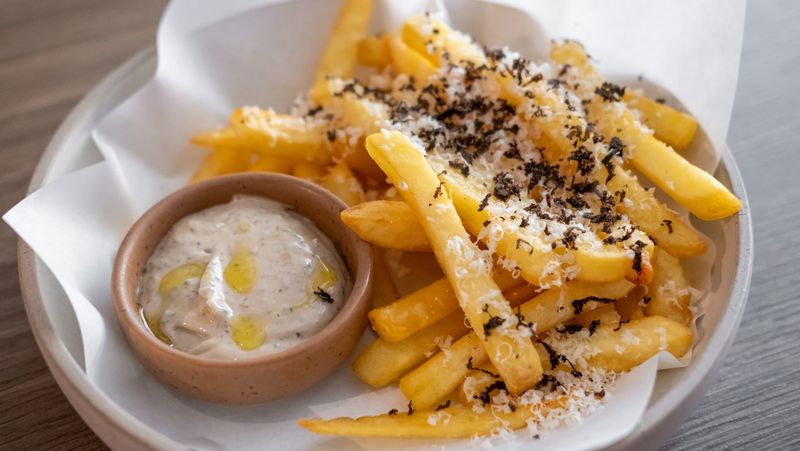
Most restaurants use synthetic truffle oil that contains zero actual truffles. This cheap flavoring chemical (2,4-dithiapentane) mimics the aroma but lacks the complex flavor profile of real truffles.
Regular fries costing 50 cents to produce suddenly command $15-20 because of a few drops of this artificial oil. Real truffles cost hundreds per ounce, which is why authentic truffle dishes should be expensive.
Want the real deal? Ask your server if they use actual truffle shavings. If they hesitate or mention only “truffle oil,” you’re paying luxury prices for laboratory-created flavoring.
2. Wagyu Burgers
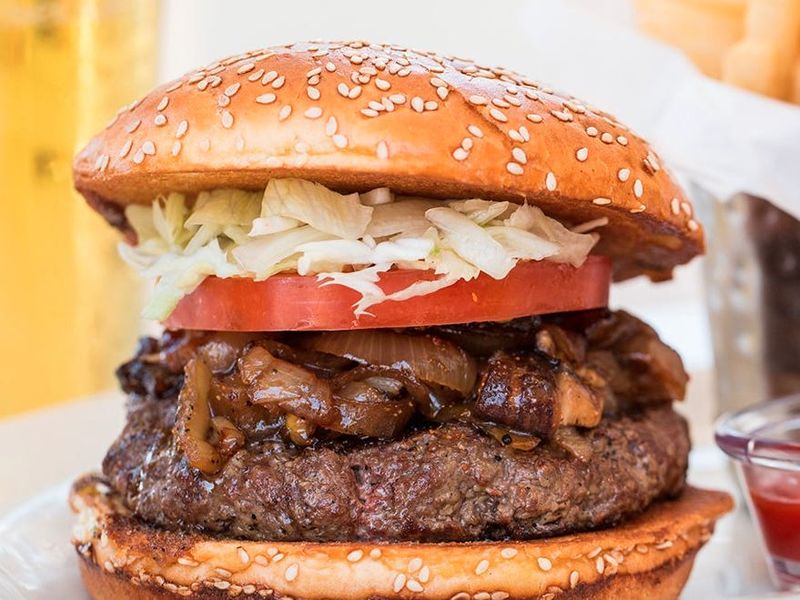
“Wagyu” on a menu triggers automatic price increases, but authentic Japanese Wagyu rarely appears in burger form. The highly marbled, butter-tender beef that commands $200+ per pound would be wasted when ground up.
Restaurants often use the term for any cross-bred cattle with minimal Wagyu genetics. American or Australian Wagyu-cross beef has significantly less marbling and flavor than Japanese A5 Wagyu.
The $30 “Wagyu burger” you’re ordering likely contains standard beef with perhaps a small percentage of Wagyu trim mixed in – definitely not worth the premium price tag.
3. Lobster Mac and Cheese
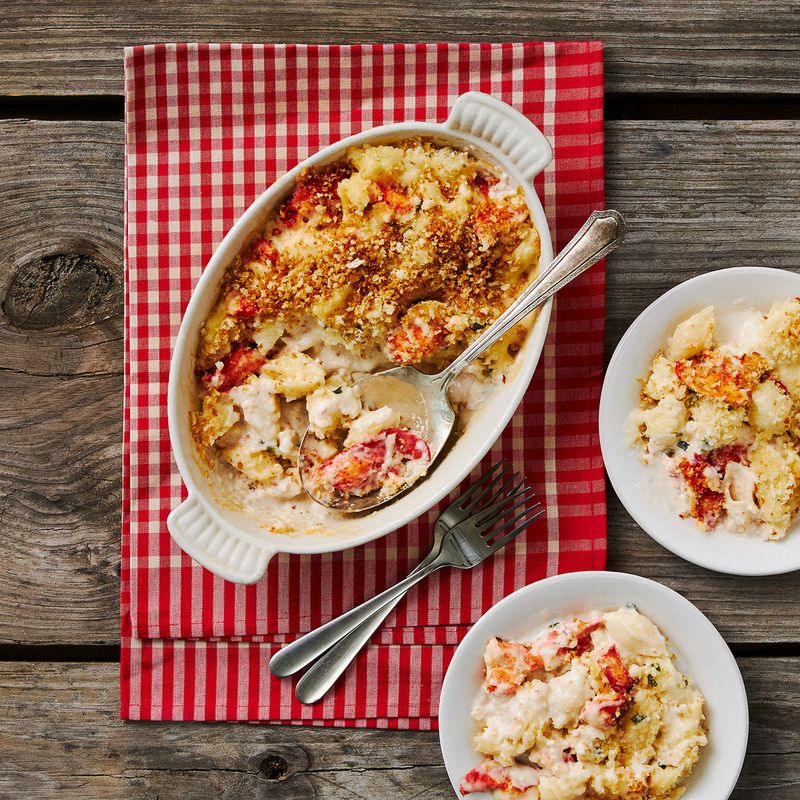
The name promises luxury, but the reality is often disappointing. Restaurants typically use the cheapest pasta, processed cheese sauce, and minimal lobster – usually claw meat or even imitation seafood in less reputable establishments.
Look closely at that $24 dish. Those few pink specks buried under cheese are supposed to justify doubling the price of regular mac and cheese. Most versions contain less than 2 ounces of actual lobster.
For comparison, a whole lobster costs the restaurant about $10-15, yet they charge you $20+ for mere scraps mixed into cheap pasta.
4. Iceberg Wedge Salad
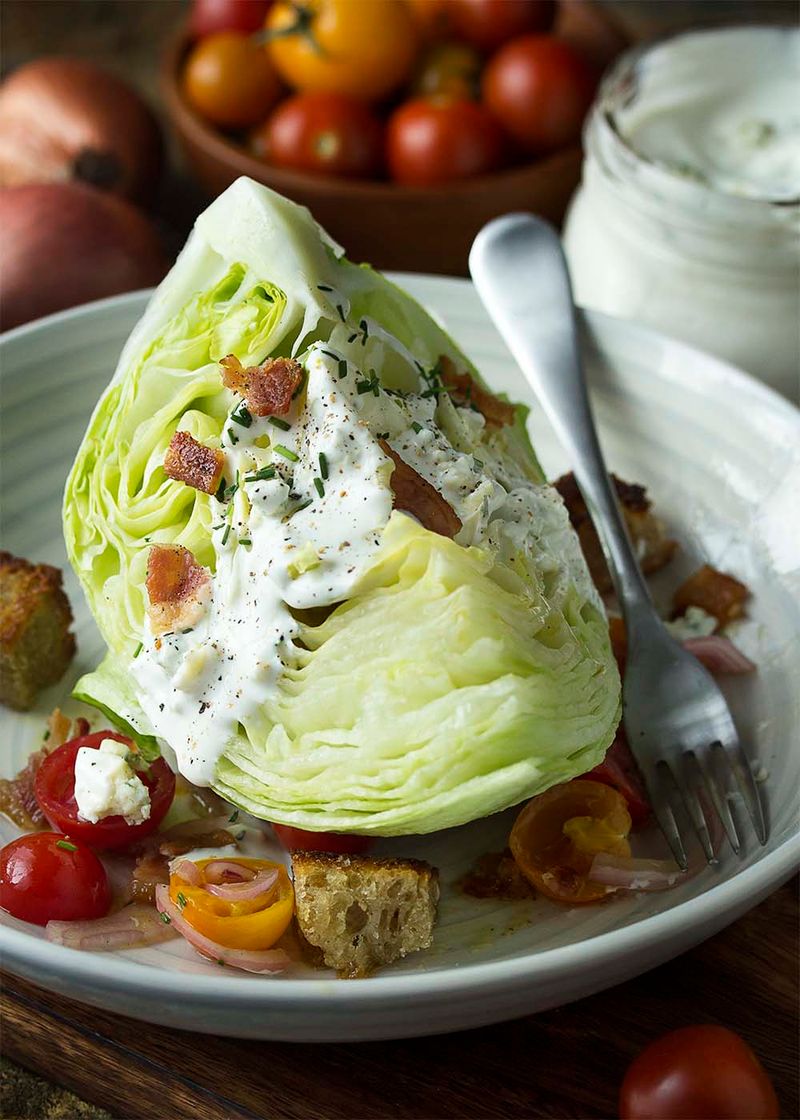
Nutritionally bankrupt and dirt cheap, iceberg lettuce costs restaurants about 50 cents per head. Yet they’ll charge you $12-18 after cutting it into quarters and drizzling on some blue cheese dressing.
The markup on this dish can reach an astounding 1000%. Even with premium bacon bits and cherry tomatoes added, the ingredient cost rarely exceeds $2.
Originally popular in the 1950s, this retro salad has made a comeback not because of culinary merit, but because it’s incredibly profitable. You’re essentially paying for the privilege of cutting your own salad at the table.
5. Ahi Tuna Tartare
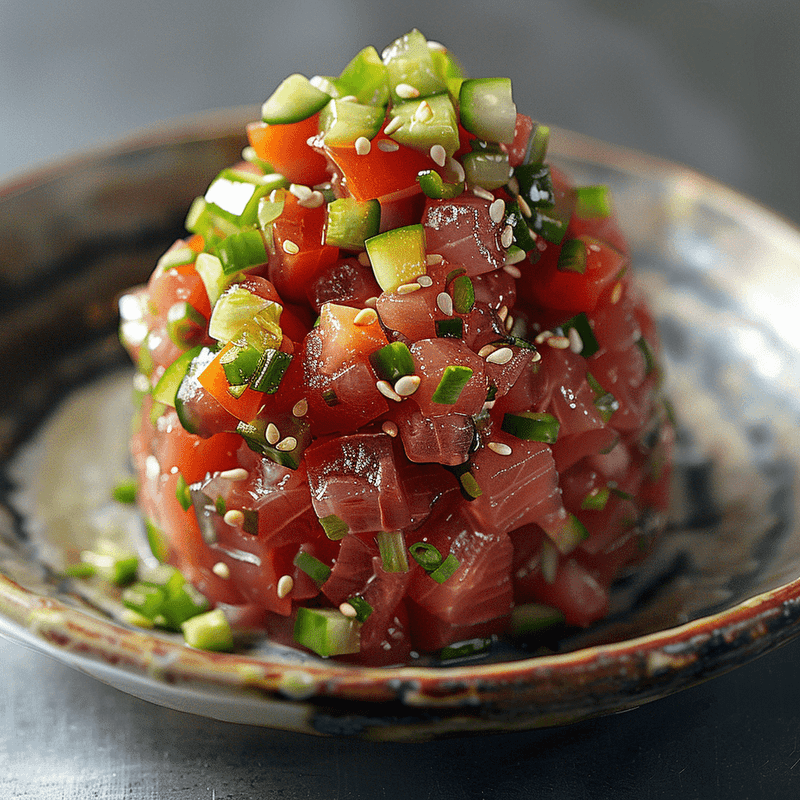
The restaurant industry’s favorite magic trick: transforming $3 worth of raw fish into a $20 appetizer. Raw tuna requires zero cooking skill – just dice, add soy sauce and sesame oil, then stack it using a ring mold.
Quality varies wildly between establishments. Premium restaurants use sushi-grade tuna, but many places substitute cheaper yellowfin or even previously frozen tuna that lacks the buttery texture of fresh fish.
Pay attention to portion size too. That artistic tower of tuna often contains barely 3 ounces of fish, making it one of the highest profit-margin items on any menu.
6. Avocado Toast
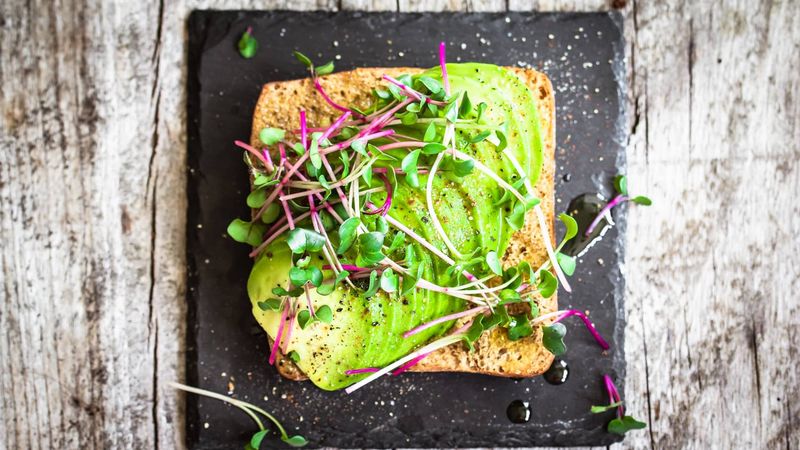
The poster child for inflated food prices started as a simple breakfast and morphed into a $15+ menu staple. Restaurants pay approximately $1 for the avocado and 25 cents for the bread.
Even with premium additions like microgreens, a poached egg, or a sprinkle of “everything bagel” seasoning, the total ingredient cost rarely exceeds $3. The 400% markup makes this one of the most profitable breakfast items.
Making this at home costs about $2 per serving. If you bought avocado toast out just twice weekly instead of making it yourself, you’d waste over $1,300 annually on this single item!
7. Filet Mignon
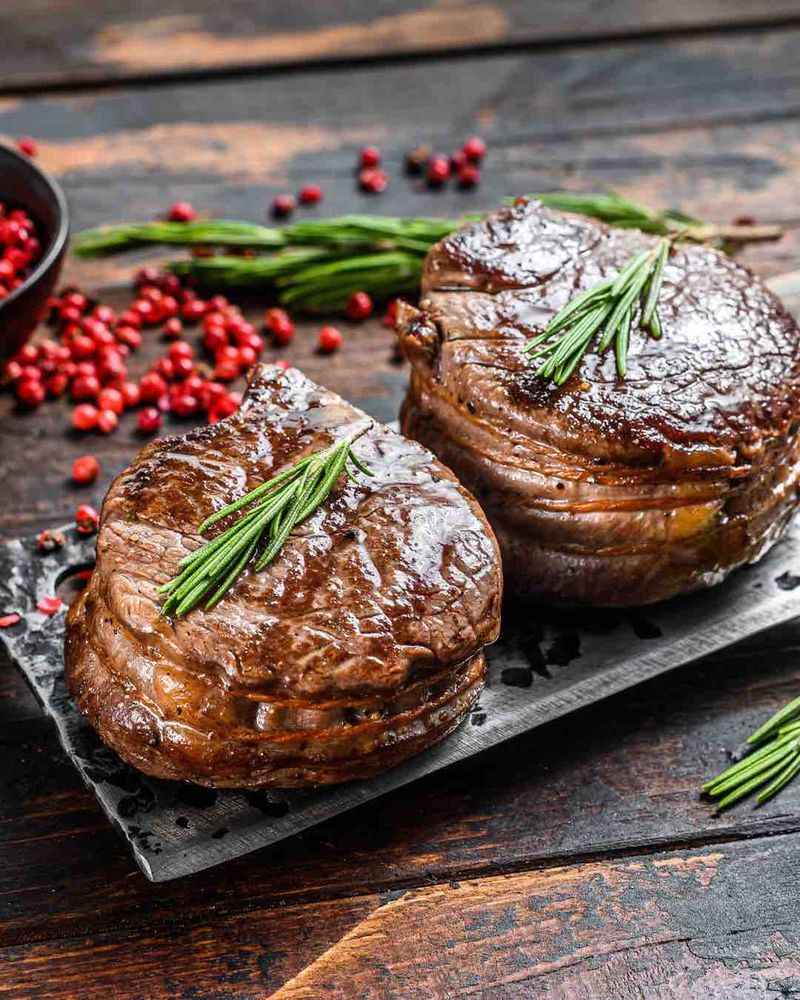
Steakhouses love selling filet mignon because customers willingly pay $50+ for what butchers consider a mediocre cut. Its popularity stems from tenderness, not flavor – it’s the least flavorful premium steak due to minimal fat marbling.
The dirty secret? Restaurants often enhance filets with butter to compensate for the missing fat flavor. Without this added fat, filets would taste relatively bland compared to ribeyes or strips.
The tenderloin (where filet comes from) represents just 2-3% of the cow, creating artificial scarcity that drives up prices. You’re paying premium prices for texture while sacrificing the rich beef flavor found in less expensive cuts.
8. Bone-In Ribeye
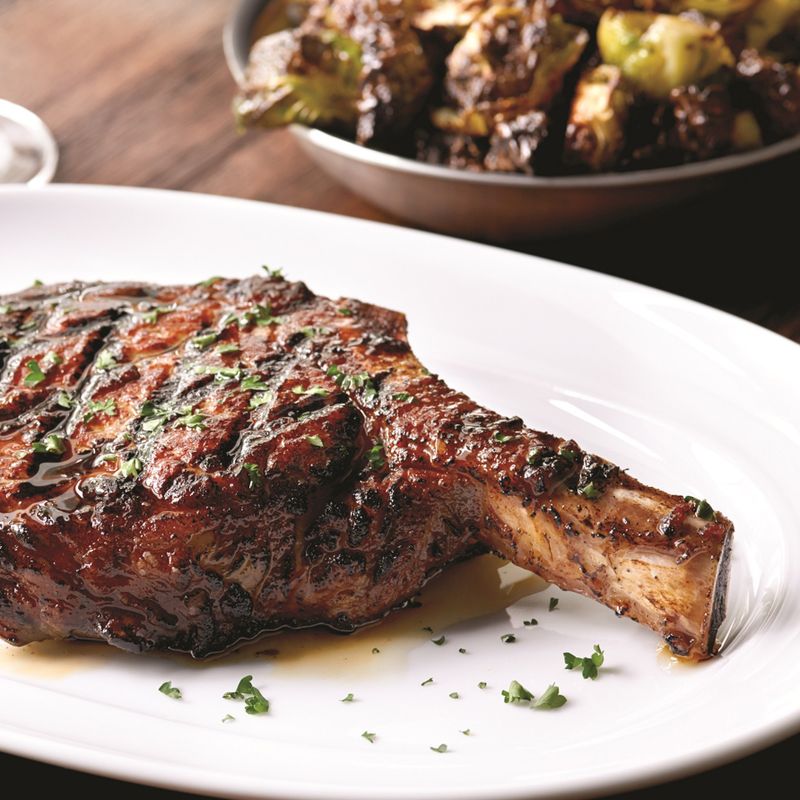
Bone-in steaks create an impressive presentation, but they also let restaurants charge you for what you can’t eat. That 24-ounce bone-in ribeye actually provides about 16-18 ounces of edible meat – the rest is bone weight.
Restaurants price by total weight, not edible portion. A 16-ounce boneless ribeye might cost $45, while the 24-ounce bone-in version commands $65 or more. You’re essentially paying $20 for bone and presentation.
While some claim the bone adds flavor, blind taste tests show most people can’t distinguish between bone-in and boneless steaks when properly cooked. The “flavor enhancement” is largely psychological rather than chemical.
9. Chicken Alfredo
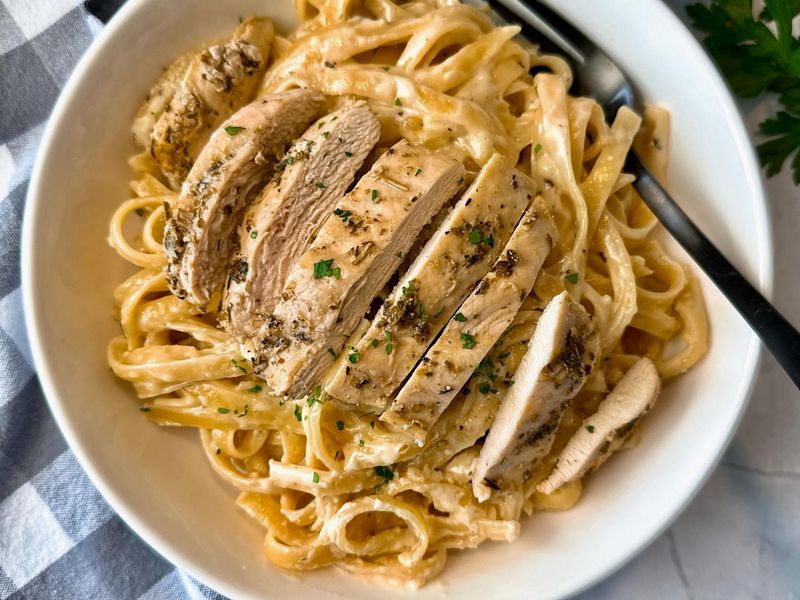
This pasta dish represents one of the biggest profit margins in mid-range restaurants. The ingredients – pasta, cream, parmesan, and chicken – cost the restaurant approximately $3-4 total per serving.
Yet many establishments charge $18-25 for this simple comfort food. The markup exists because diners perceive cream-based pastas as indulgent and worth premium prices.
Many restaurants cut corners further by using pre-made alfredo sauce from food service suppliers rather than crafting it fresh. The chicken is often pre-cooked in batches and reheated per order, making this not only overpriced but potentially lower quality than homemade versions.
10. Shrimp Cocktail
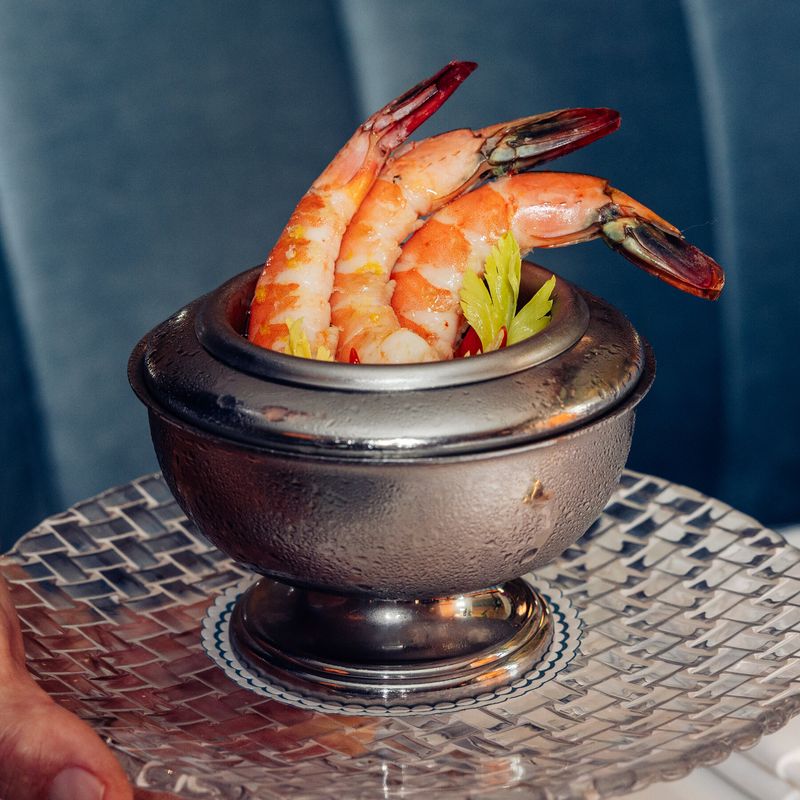
This classic starter features about 4-6 shrimp that cost restaurants roughly $2-3 total, yet they charge $15-20 for the privilege. The cocktail sauce? Primarily ketchup and horseradish – pennies per serving.
Restaurants often use 16-20 count shrimp (meaning 16-20 shrimp per pound). At wholesale prices of $10-12 per pound, each shrimp costs them about 50 cents.
The preparation requires zero cooking skill – most shrimp arrive pre-cooked and frozen. All the kitchen does is thaw, arrange in a glass, and add sauce. You’re essentially paying a 600% markup for someone to defrost seafood and squirt ketchup mixture into a dish.
11. Cheesecake
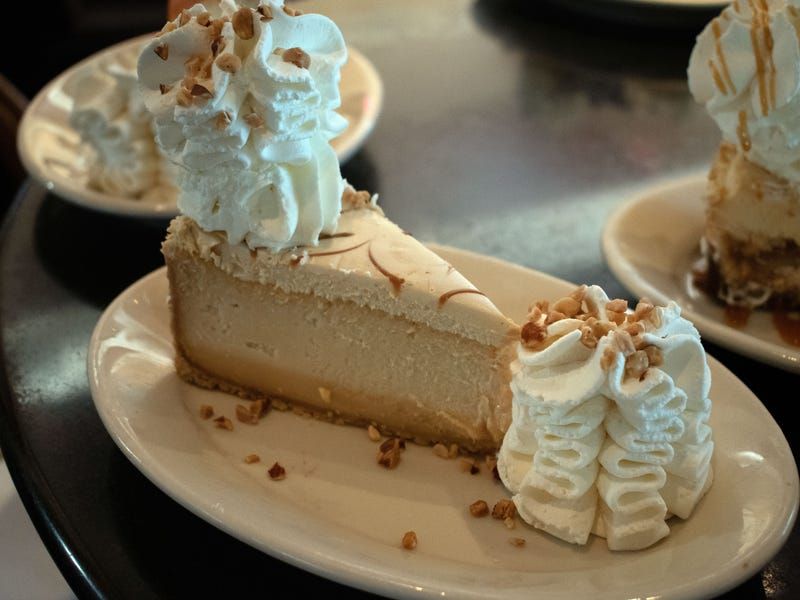
That $12 slice of cheesecake likely never saw the inside of the restaurant’s kitchen. Most establishments purchase pre-made cheesecakes from wholesale suppliers like The Cheesecake Factory’s bakery division or local commercial bakeries.
The restaurant pays $3-4 per slice wholesale. They add a drizzle of chocolate or caramel sauce, perhaps some whipped cream, and suddenly it’s a $12 “house specialty.”
Next time, ask your server if their cheesecake is made in-house. Honest ones will admit it isn’t. You’re paying premium prices for the same dessert you could purchase at a grocery store for one-third the cost.
12. Gourmet Grilled Cheese
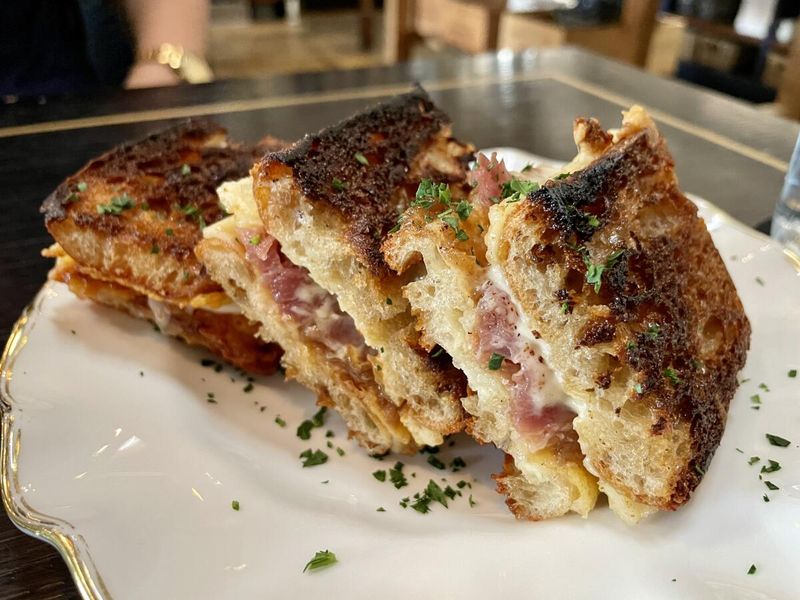
Remember when grilled cheese cost pennies to make? Restaurants have transformed this humble sandwich into a $16+ “artisanal creation” by using buzzwords like “artisanal sourdough” and “aged cheddar blend.”
The actual ingredient upgrade costs them maybe $2 more than basic versions. Even with premium cheese and bread, the total cost to the restaurant rarely exceeds $4.
The psychological trick works because childhood nostalgia creates emotional value. We willingly overpay for elevated versions of comfort foods that connect us to happy memories. Next time, consider whether that brioche bread and gruyere cheese truly justifies paying 8 times what it would cost to make at home.
Leave a comment